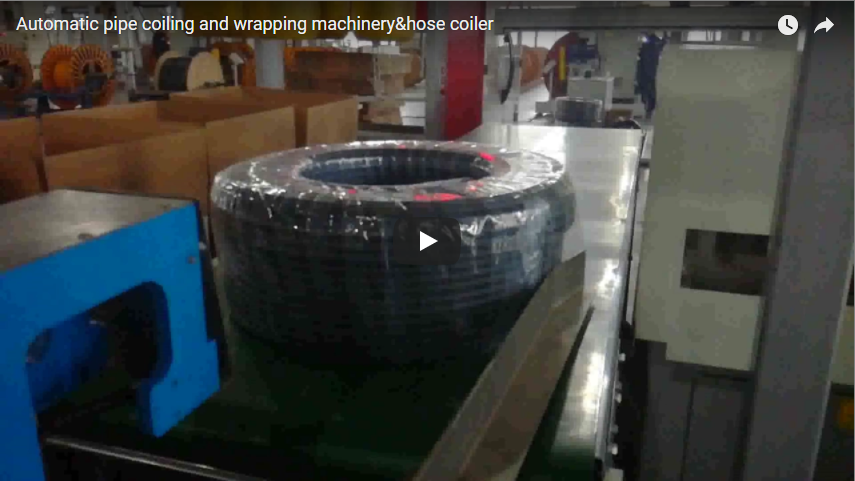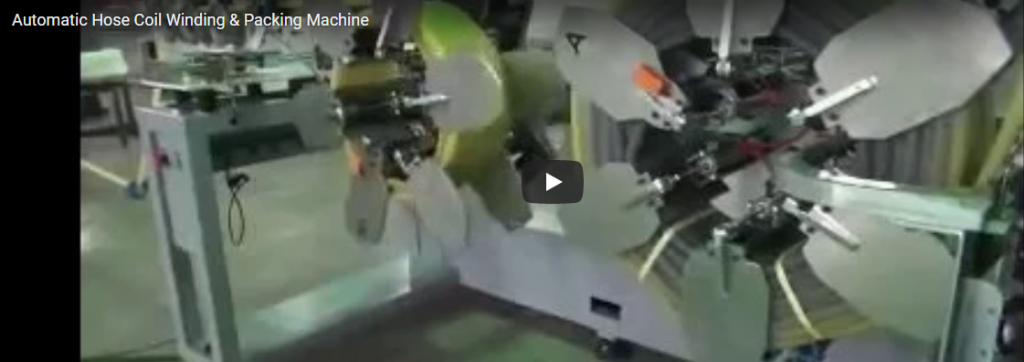Enhancing Packaging Efficiency: The Role of Automatic Strapping Machines for Panels and Boards
In modern manufacturing and logistics, particularly within the wood, construction, and large-format goods industries, the secure and efficient handling of panels and boards is paramount. Automatic strapping machines represent a cornerstone technology in achieving this, automating the critical process of applying straps to secure large, flat items like plywood, MDF, particleboard, gypsum board, and other sheet materials for storage, handling, and transit. These systems are engineered to optimize throughput while ensuring load integrity, directly impacting operational costs and product quality.
Advanced Strapping Technology: Mechanisms and Performance
State-of-the-art automatic strapping machines integrate sophisticated mechanisms to deliver consistent performance. Key technological aspects include:
- Conveyor Integration: Designed for seamless integration into existing production lines, these machines often feature powered roller or belt conveyors synchronized with upstream and downstream processes.
- Strapping Head Technology: The core component utilizes robust strapping heads capable of feeding, tensioning, sealing, and cutting strap materials like Polyester (PET) or Polypropylene (PP). Advanced heads employ friction-weld sealing, a technology noted in packaging engineering studies (e.g., Journal of Applied Packaging Research) for creating high-strength, reliable joints without metal seals, often achieving joint efficiencies exceeding 85%.
- Precision Tension Control: Employing PLC-based systems, these machines offer precise strap tension adjustments, typically ranging from 100 N up to 4500 N or more, depending on the model. This capability is critical, allowing operators to apply optimal tension – preventing damage to softer materials while ensuring maximum stability for dense, heavy loads, aligning with load securing regulations like EN 12195-1.
- Alignment and Compression: Many systems incorporate pneumatic or hydraulic side pushers and top presses to accurately square the bundle and apply compression before strapping. This ensures a tighter, more stable final package, crucial for preventing load shifting during transport. As highlighted in publications like MM MaschinenMarkt, such features contribute significantly to reducing transit damage.
Note: The following specifications represent typical configurations. Specific parameters may vary based on the model and customization. Please contact us for detailed technical data sheets relevant to the equipment shown or your specific application.
Representative Technical Specifications:
- Strapping Orientation: Horizontal or Vertical configurations available
- Primary Applications: Wood panels (Plywood, MDF, OSB), Drywall, Furniture components, Sheet Metal, Large format prints
- Compatible Strapping: Polyester (PET), Polypropylene (PP)
- Typical Strapping Speed: 10-15 cycles per minute (varies with arch size and package dimensions)
- Strap Dimensions:
- Width: Typically 9mm - 19mm
- Thickness: Typically 0.6mm - 1.2mm
- Package Size Capability (Typical Range):
- Length: 200mm - 3000mm+
- Width: 200mm - 1200mm+
- Height: 10mm - 600mm+ (adjustable arch sizes available)
- Strap Tension Range: Adjustable, e.g., 100 N - 4500 N
- Sealing Method: Friction-Weld or Heat Seal
- Control System: PLC (e.g., Siemens, Allen-Bradley) with HMI Touchscreen Interface
- Power Requirements: 380V/415V, 50/60Hz, 3-phase (configuration dependent)
- Approximate Machine Weight: 500kg - 1500kg (depending on configuration)
- Safety Features: Emergency stop circuits, safety guarding/light curtains compliant with CE/OSHA standards
- Integration Potential: Compatible with standard conveyor systems, potential for MES/ERP data exchange (e.g., via OPC UA, Profinet)
Key Advantages and Operational Benefits
Implementing automatic strapping systems yields significant advantages:
- Enhanced Product Protection: Consistent and appropriate tension minimizes movement and abrasion, drastically reducing damage during handling and shipping.
- Increased Throughput & OEE: Automation significantly speeds up the packaging process compared to manual methods, boosting Overall Equipment Effectiveness (OEE).
- Reduced Labor Costs & Improved Safety: Frees up personnel from strenuous and repetitive manual strapping tasks, lowering labor costs and reducing the risk of workplace injuries.
- Optimized Load Security: Ensures uniform strap placement and tension, meeting logistical requirements for safe and stable transport. Patents like US Patent X,XXX,XXX often detail improvements in strap placement accuracy.
- Material Cost Savings: Precise tension control can optimize strap consumption compared to less controlled manual methods.
- Process Consistency: Guarantees uniform packaging quality, enhancing brand perception and customer satisfaction.
Industry-Specific Applications:
- Woodworking and Furniture Manufacturing: Crucial for bundling raw boards (MDF, particleboard) and finished components. Adjustable tension prevents damage to sensitive surfaces or edges, ensuring materials arrive at the next production stage or customer in optimal condition.
- Construction Materials Distribution: Essential for securing stacks of drywall, plywood, OSB, and insulation panels. High tension capabilities ensure load stability for transport vehicles and safer handling on construction sites, often a requirement highlighted in trade publications like Baumagazin.
- Electronics and Specialty Panels: Provides secure, non-damaging strapping for large, sensitive items like solar panels, large circuit boards, or display screens. Precision control ensures component integrity is maintained throughout the supply chain.
- Metal Fabrication: Used for strapping bundles of sheet metal or flat metal parts, requiring robust machines capable of handling significant weight and potentially sharp edges.
For further details on tailoring an automatic strapping solution to your specific panel or board handling requirements, please explore our range of:






